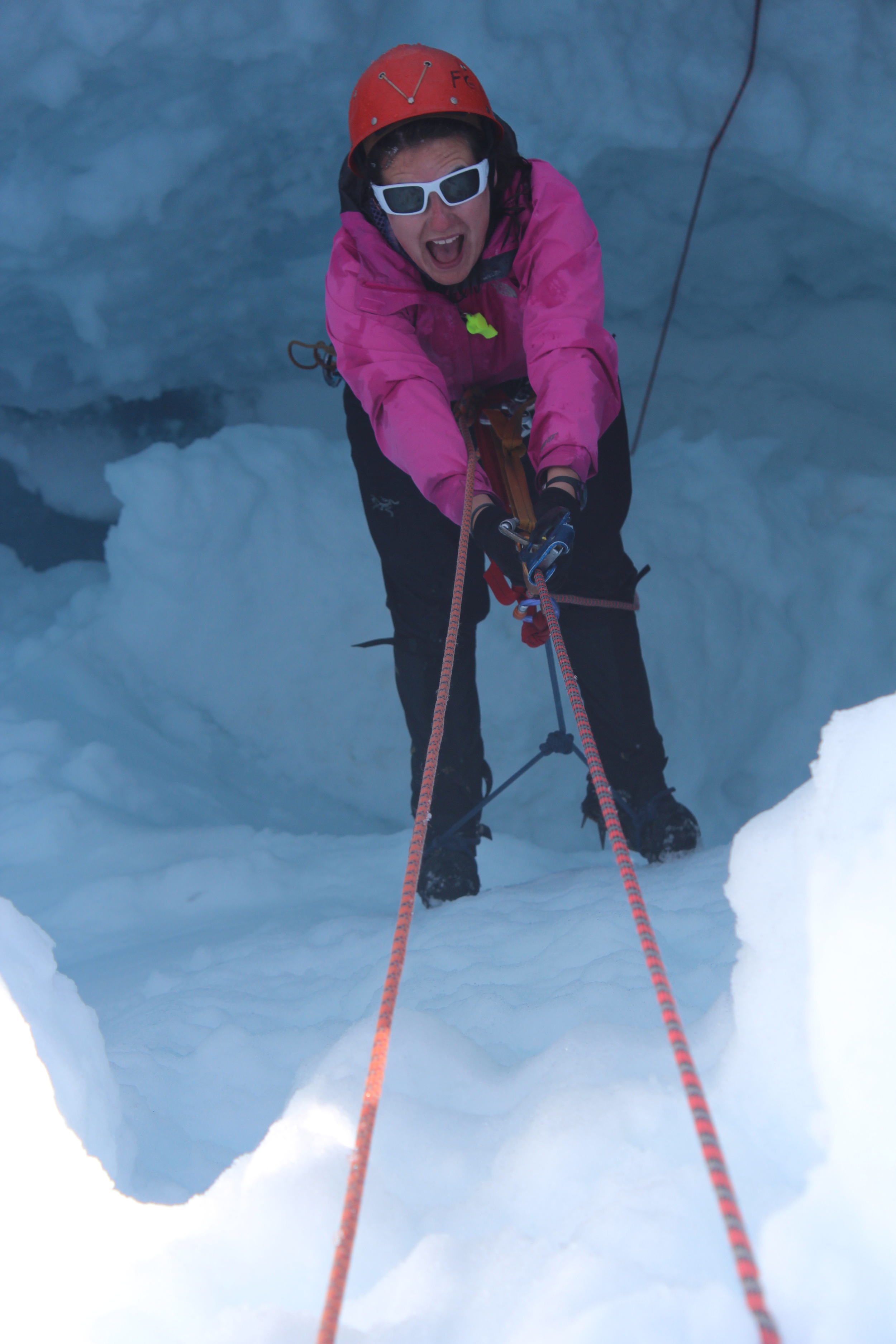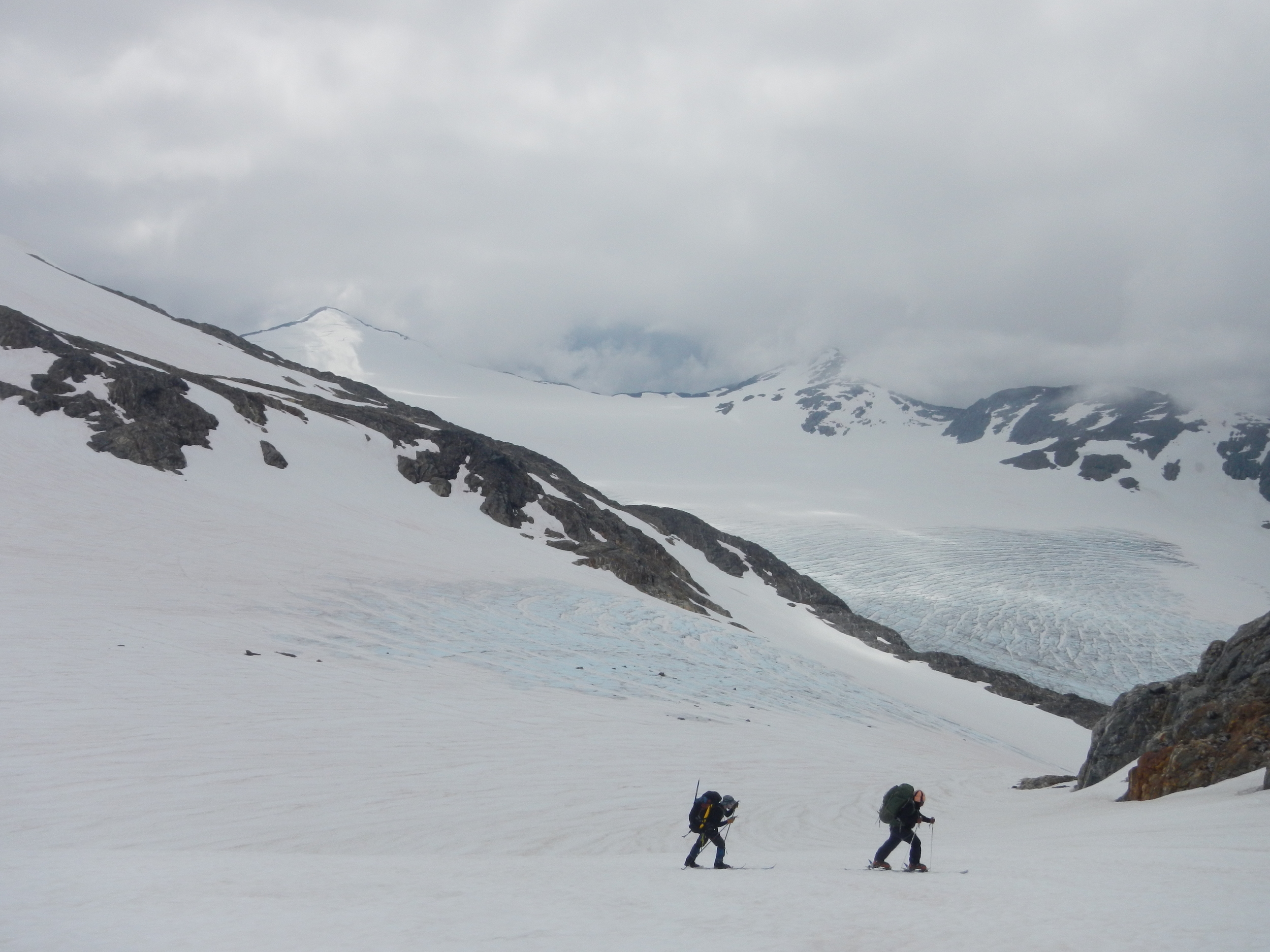by: Stephanie Romano (Binghamton University)
The goal of Alternative JIRP is to analyze fossil fuel consumption at each of the camps and to determine solar and/or wind availabilities in hopes of propelling JIRP into a more sustainable future. The project based on the four main camps (17, 10, 18, and 26), and will be conducted my mentor, graduate student Kim Quesnel from Stanford University, and me.
Camp 17 and Camp 10 currently use a 2.5 kilowatt generator to power electronics including lights, laptops, radios, cameras, and a projector for lectures. When they are occupied, both camps have a consistent load of 1.5 kilowatts for about 11 hours. This equates to a daily consumption of 16.5 kilowatts (16,500 watts). These readings will be used to estimate how much wind or solar power would be necessary to continue current operations.
Thus far, hourly solar radiation measurements have been taken for Camp 17 and Camp 10 using a pyrometer (measured in watts/m2) in both “bluebird” and cloudy/rainy weather. Radiation measurements are recorded with a percentage probability of the different weather conditions; for example, “Cloud 17” has poor weather about 80% of the time. Radiation measurements will continue at the two remaining camps (Camp 18 and 26) when we arrive.
Meteorological stations have been recording wind measurements at Camps 17 and 18 for a few years. I am currently analyzing these readings and using average wind speeds to determine if wind turbines are a feasible option. Unfortunately, a reliable record of wind speed has not been found for the other two camps.
Findings at this stage suggest that solar and wind power could be a feasible option for JIRP camps. Additionally, these alternative technologies could serve as learning tools and possible future projects for JIRPers.
We have submitted an abstract about this project to the Geological Society of America (GSA) and hope to present our final report at their annual meeting.
Below I have included a figure expressing Camp 17’s solar availability and generator usage.
Solar availability and generator usage at C-17.





























